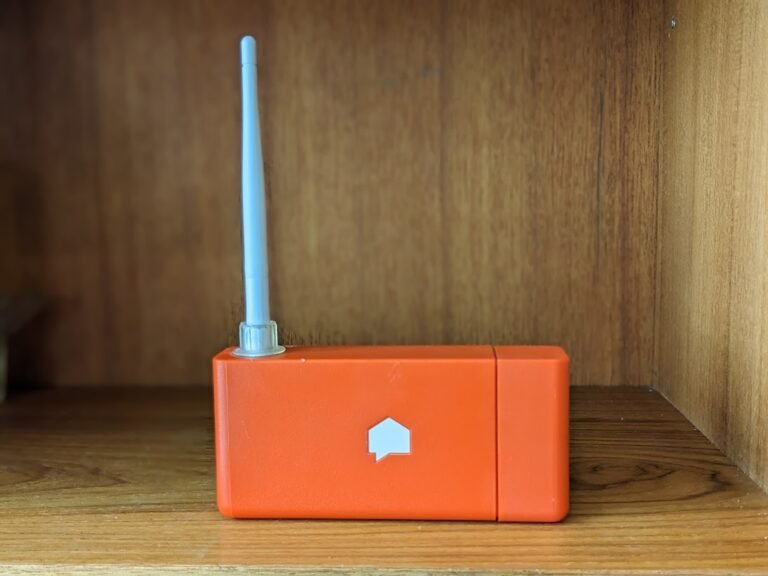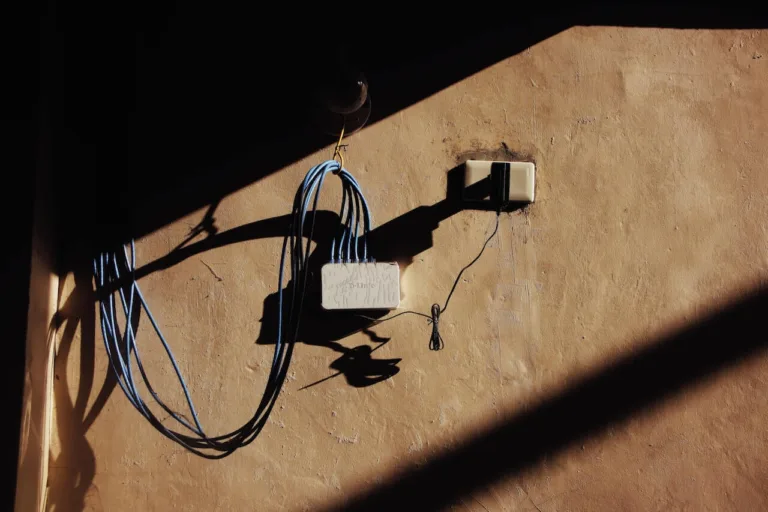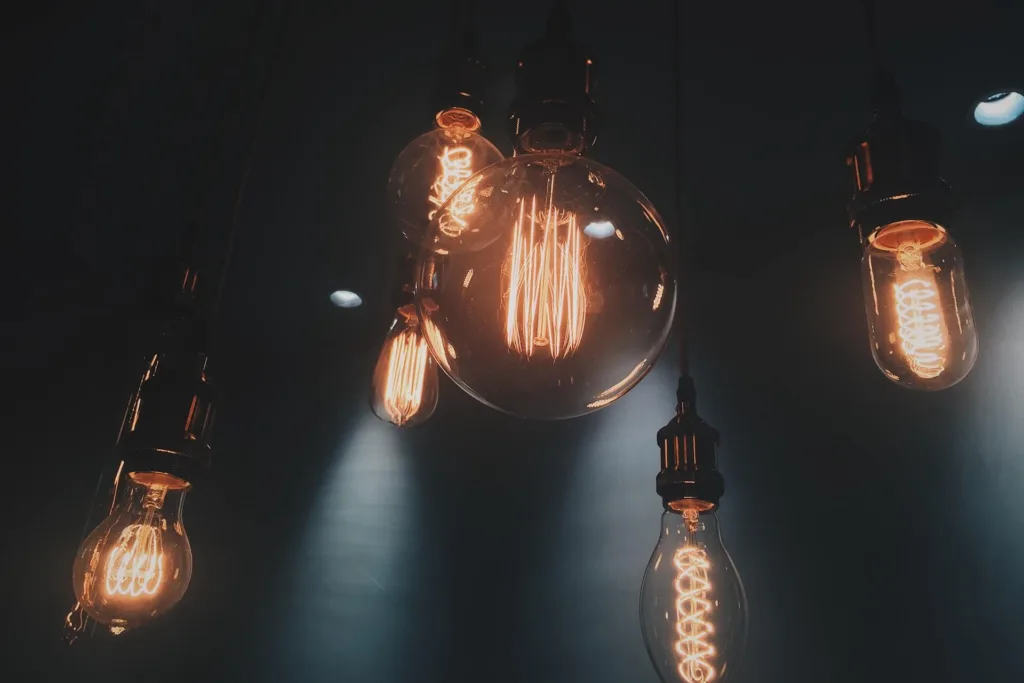Picture this: you’re the energy detective of your house, catching sneaky energy vampires in real-time. Your superpower? A Home Energy Monitor!
It’s not just a gadget; it’s a game-changer, putting you in the driver’s seat of your energy use. Join us as we dive into the world of home energy monitoring – uncovering its perks and how it can kickstart your journey to a greener, budget-friendlier lifestyle.
From what a home energy monitor is, to how it works, and… whether they are worth it.
How to Monitor Home Energy Usage
Ever wondered about the energy munchers hiding in your home? Maybe, you are looking to find out individual info about which appliances are the worst, or how much electricity your home uses overall?
Sounds like you need a home energy monitor. These little boxes strap onto your electrical panel and measure the electricity incoming and outgoing from your house.
So… what exactly is a home energy monitor?
1. What is A home Energy Monitor?

This clever little device is easy to install, easy to monitor, and shows data usage in real-time, by the hour, by the day, or even by the year!
This tech wizardry isn’t magic – it’s science! The home energy monitor links up with your electrical panel or devices. It’s like a translator that talks to your gadgets in a language only electricity knows.
Plus, it doesn’t just mumble to itself – it compiles this info in an app.
What Does a Home Energy Monitor Do?
Here’s the technical explanation for all you dorks like me on how a home energy monitor works:
A home energy monitor can detect the alternating current (AC) polarity, distinguishing between the positive and negative phases of the waveform. This polarity detection allows the monitor to calculate the instantaneous power consumption of each appliance.
Coupled with a sampling frequency that captures numerous data points per second, the monitor then computes the energy usage of individual devices.
Essentially though, the monitor measures the amount and direction that electricity travels to calculate how much energy you are using or producing (e.g. solar panels).
Then it looks at how that energy ramps up and typically uses to find the unique fingerprints of your appliances. It stores those patterns to tell you what appliances are using energy and how much energy they use.
Does a monitor do whole home energy monitoring?
Yes, but it depends which energy monitor you buy. Be aware though, that if you are thinking of energy monitoring to include natural gas, then the answer is no. Home energy monitors are primarily to measure electricity.
If you want a whole home energy monitoring system, you will want one that connects to your electrical panel to measure the outgoing (e.g. appliance energy use) and incoming energy (e.g. solar panels).
2. How To Install A home Energy Monitor?

Step 1: Choose your monitor
Pick the right monitor for your setup for you. Some attach to your electrical panel, while others plug into specific outlets. Some use AI to learn your house, while some use individual leads. Some measure only a few appliances and some measure your whole house.
Make sure to pick something right for you, and make sure it’s compatible with your home’s electrical system. Also, make sure to pick something you are confident with safely installing!
Step 2: Make a plan
First things first, check the manufacturer’s instructions for the skills and specific tools required for a safe and proper installation. Depending on the monitor type, you might need a small amount of electrical knowledge, or you might simply need a power outlet.
Second, decide whether you want to install it or whether you want to hire a professional. These monitors are relatively simple to install, but you may have to work around high-voltages.
Third, gather the tools or make the call. Some monitors only require a screwdriver, some require adhesive, and some only need a power outlet.
Step 3: Power up!
If your monitor needs electricity, plug it in or connect it as directed. Some monitors might require batteries.
If your monitor comes with sensors, attach them to your electrical lines as instructed. Typically these things look like little jumper cables and are just as easy to setup. They are the little energy detectives gathering data from your devices by measuring electrical currents coming in and out of your house.
A really common issue at this stage is to install the electrical lines backwards. The clips for the wires have to face a certain direction and the “in” and “out” wires have to be installed to the right places. So there is four ways to go wrong at this step.
If you have an issue try reversing the clips, or you can usually just call the home monitor provider and they can switch them remotely.
Step 4: Sync up
If your monitor is wireless, connect it to your Wi-Fi network. This usually involves following on-screen prompts or using a mobile app. It’s like introducing your monitor to the digital world.
Once everything’s connected, sync your monitor with your display or mobile app. Test your setup by turning on appliances. Check if your monitor’s display or app shows their energy usage.
Then dive in and have fun exploring the electric jungles of your household!
Pro-tip… don’t get too obsessed. For the first month it’s pretty easy to start running around your house and texting your family members every time a device turns on.
3. HOW TO Use a Home Energy Monitor system
Step 1: Set up the home energy monitor
If you haven’t installed your monitor yet, skip back one section and see our instructions for installation above.
Step 2: Wait and watch
Depending on the system you choose you may have to wait for the home energy monitor to learn unique energy systems using it’s AI programming.
Your nifty new friend will start to learn your overall house patterns and separate out energy users, calculating their overall estimated yearly usage.
If you want to expedite this process, you could purchase a home energy monitor with multiple leads to hook up to the appliances you are most concerned about.

Typically, you will find that things that produce heat use a lot of energy, things that produce movement use medium energy, and things that produce light use little energy (e.g. assuming you have energy efficient lightbulbs).
Step 3: Make a change
Now comes the fun part – you’re the energy captain! Armed with all this data, you can make power moves. Choose wisely when to use energy-hungry devices, turn off what’s not needed, and adopt energy-efficient habits.
Save money by opting for power-hungry devices to work during low cost hours, and let them rest when energy is in high demand. As days turn into savings, watch your energy bills get smaller and your eco-friendly aura grow brighter.
The result? Your energy bills shrink, and Mother Earth gives you a high-five for using fewer resources.
Additional Resources
Frequently asked questions on solar panels
Is home monitoring worth it?
It depends.
It depends on what your goals are (e.g. cost vs. environment), how much you spend on the monitor, what the energy costs of your area are, and what your energy monitor costs.
Here’s a personal story. We paid ~$400 for our energy monitoring system (Sense). Our house is entirely electric and net-zero. So I can measure the incoming solar and outgoing energy of the house using this monitor.
In our second month I found out that we had an electric barbeque that was turning itself on and off by itself. It saved us $70 per year in useless energy uses and potentially prevented a fire.
So for me… worth it.
Can you use a home energy monitor without internet?
Yes. Many home energy monitors can be used without an internet connection. But, you have to pick the right one.
You either want one with a “local display”, “offline monitoring”, or a mobile app with “offline mode”
However, be aware that a bit of the functionality may be lost without internet.
Can you use a home energy monitor without cloud?
Yes. Many home energy monitors can be used without relying on cloud services and may have added privacy.
Look for monitors with “Local Data Storage”, “Dedicated Display Units”, “Local Network Connection”, or “Privacy and Security Settings”.
However, you may lose some functionality or have to provide additional data storage if you want long-term energy monitoring.
